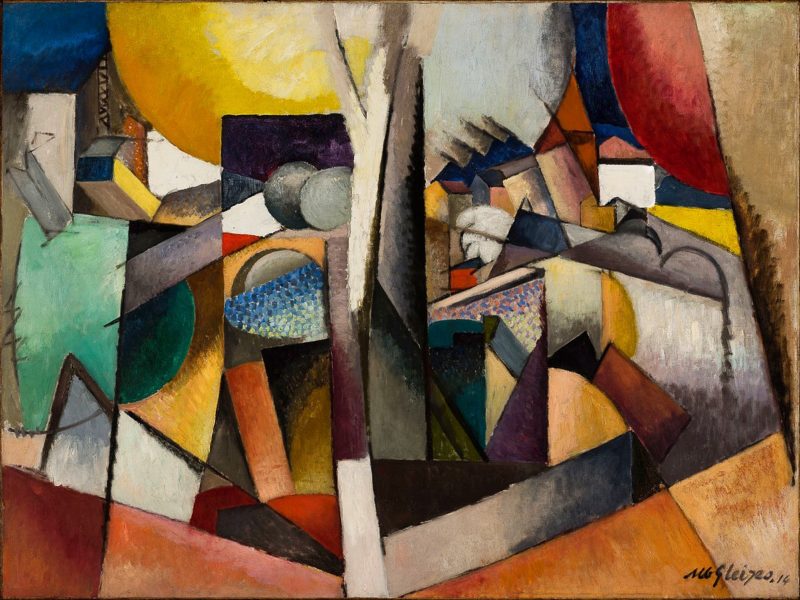Art and Economy
In a recently seen documentary about the art business, paintings and sculptures, I witnessed art dealers and collectors comparing paintings and sculptures to music. “A painting has the finesse and melody of a Mozart piece”.
This is a profoundly fraudulent comparison, because paintings, mostly overvalued home decoration, is incomparable to music.
Do paintings make you dance? Do paintings relive that great memory? Do paintings make you cry, laugh, and relax?
No, this picture on the wall, is a nice to see, a nice to have item. Besides it is so difficult to see the difference between the “impressive and imaginative” original and the “mundane and bland” copy. In some cases the art world needed half a century to see the difference between many fakes and originals.
The valuation of paintings and music is very different. The latter, to a certain extent, is much more democratic. A wildly held popular song will end up in the top 10. The majority decides on the value of the music piece.
That is entirely different in the art world of painting and sculptures, where collectors, investors, and auction houses set the price for the works. The result is that the most banal, predictable and explicit forms of visual display are valued as it were artistic, inspirational and ingenious pieces of art. At best the marketing describing the pieces is inventive.
The appropriately used word “priceless” rightly describes the quality of a painting, not invaluable, but inestimable and incalculable. The price for a painting, is hugely manipulated to maintain that 56-billion-dollar bubble for investors, the very few that get to “enjoy” the works. Most masterpieces hanging on the walls of private collectors.
The economics of paintings and sculptures is unlike the music financial arrangements. In the music industry the artist maintains the ownership of the work and receives a royalty every time it is played in public.
Where most painters and sculptors get pennies to the dollar when selling their work. Once sold the ownership is transferred just like any other good. Confirming my statement that paintings don’t have this magic, create emotion, and don’t inspire as music does. Because if it did, then paintings couldn’t be moved ownership. The ownership maintains eternally with the artist, and every time a painting or sculpture is exhibited or sold the artist is compensated. Because it is the artist’s performance, that through his work, time after time, inspires. It is a never-ending performance.
Dealers, art collectors, and auction houses don’t see it that way, they see assets with high potential. They see a commodity just like any other good, and they are right. Paintings and sculptures are entertaining objects, that occasionally by coincidence inspire.

 Why did governmental fiscal deficits capsize?
Why did governmental fiscal deficits capsize?


